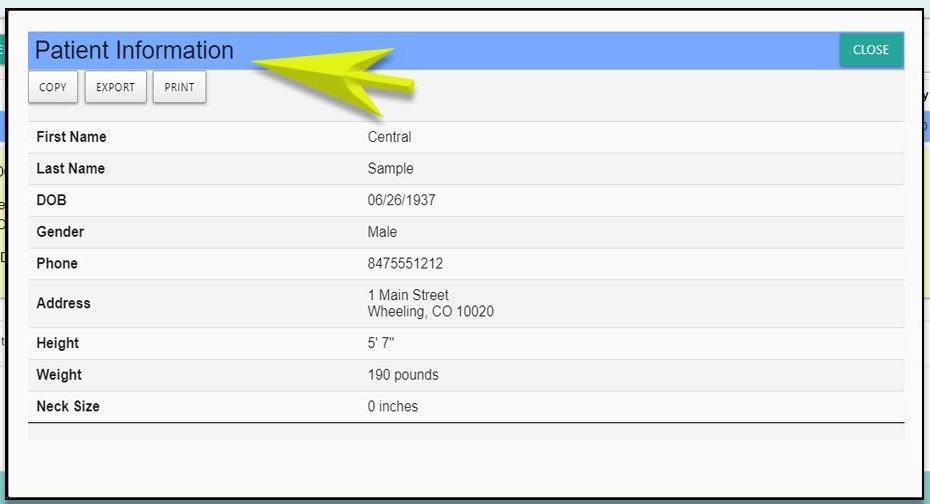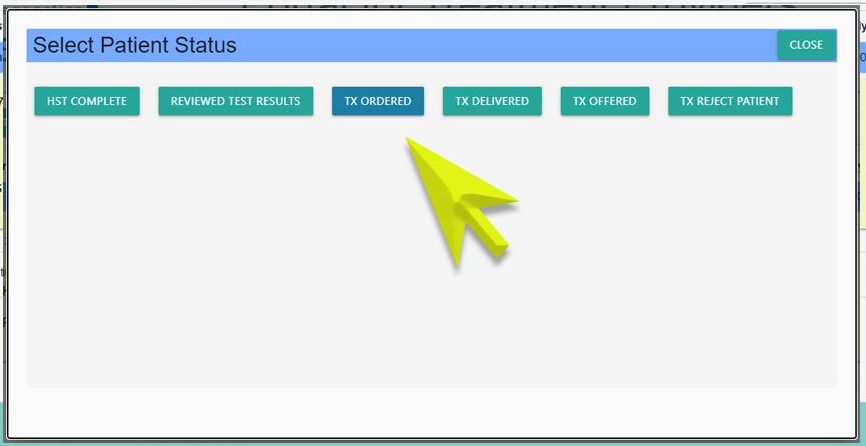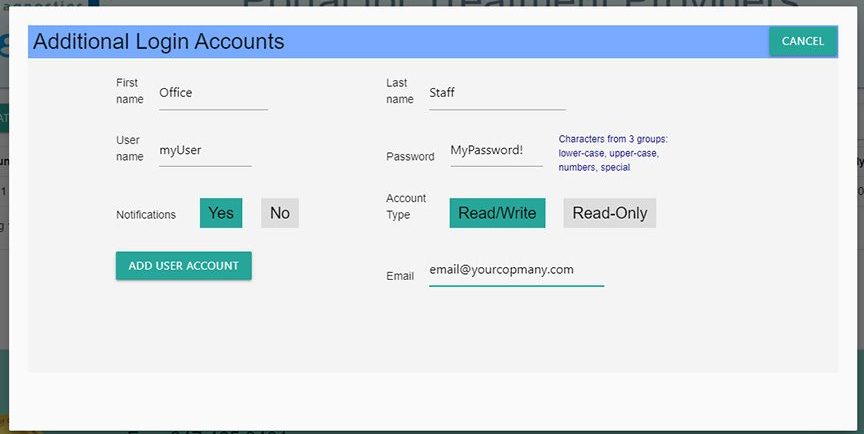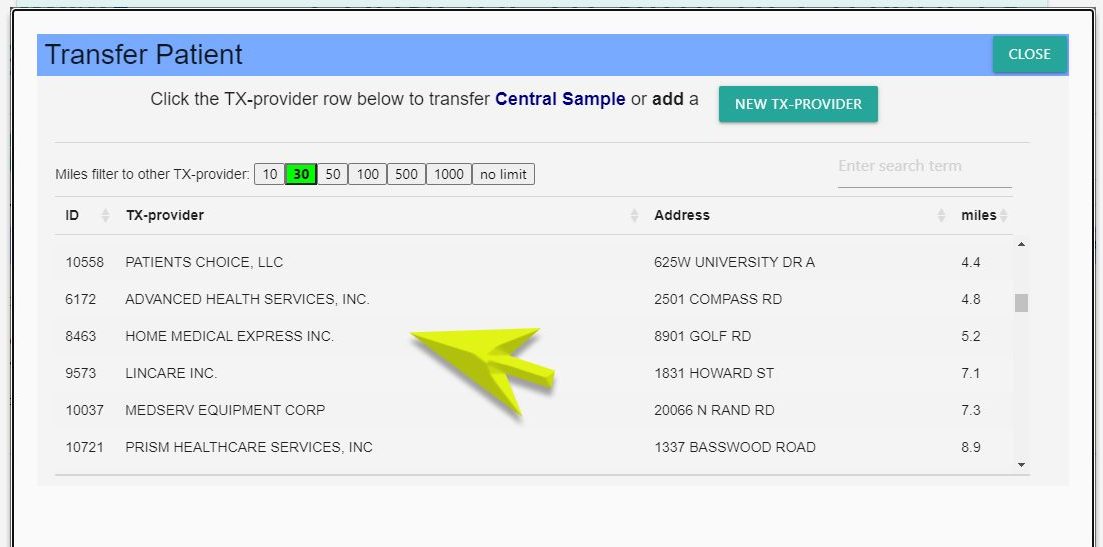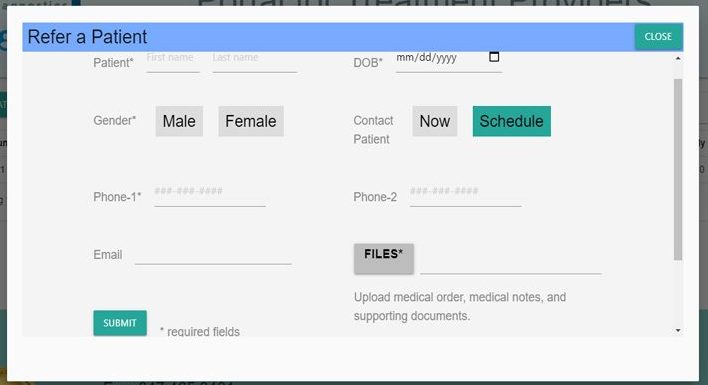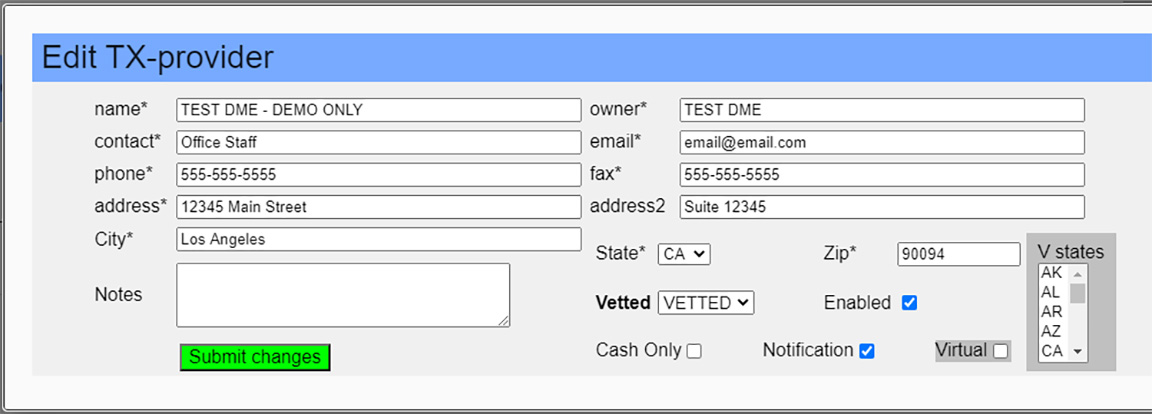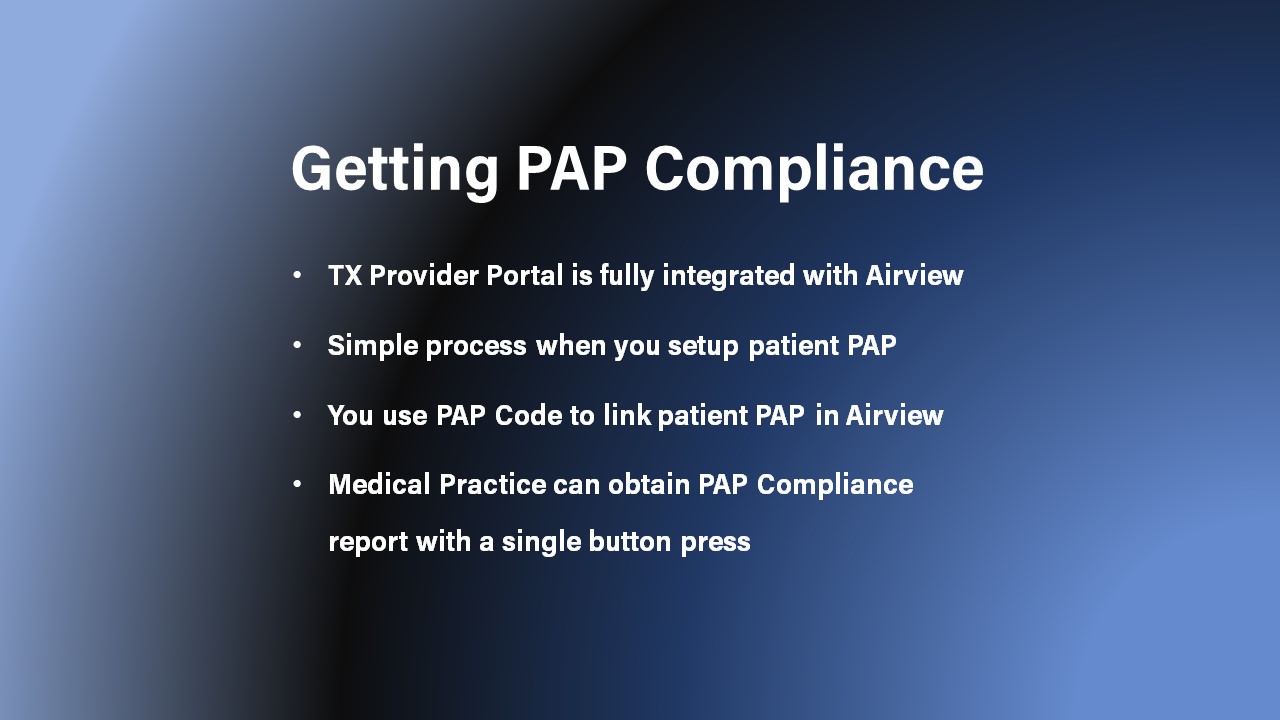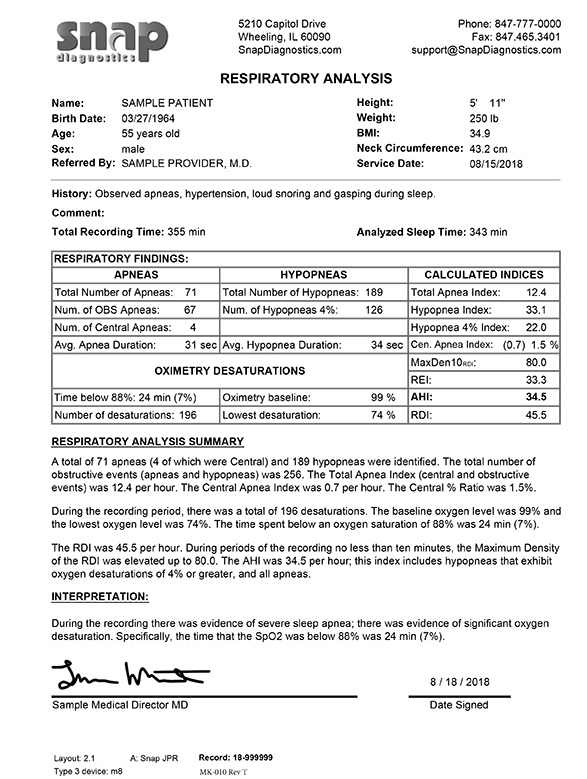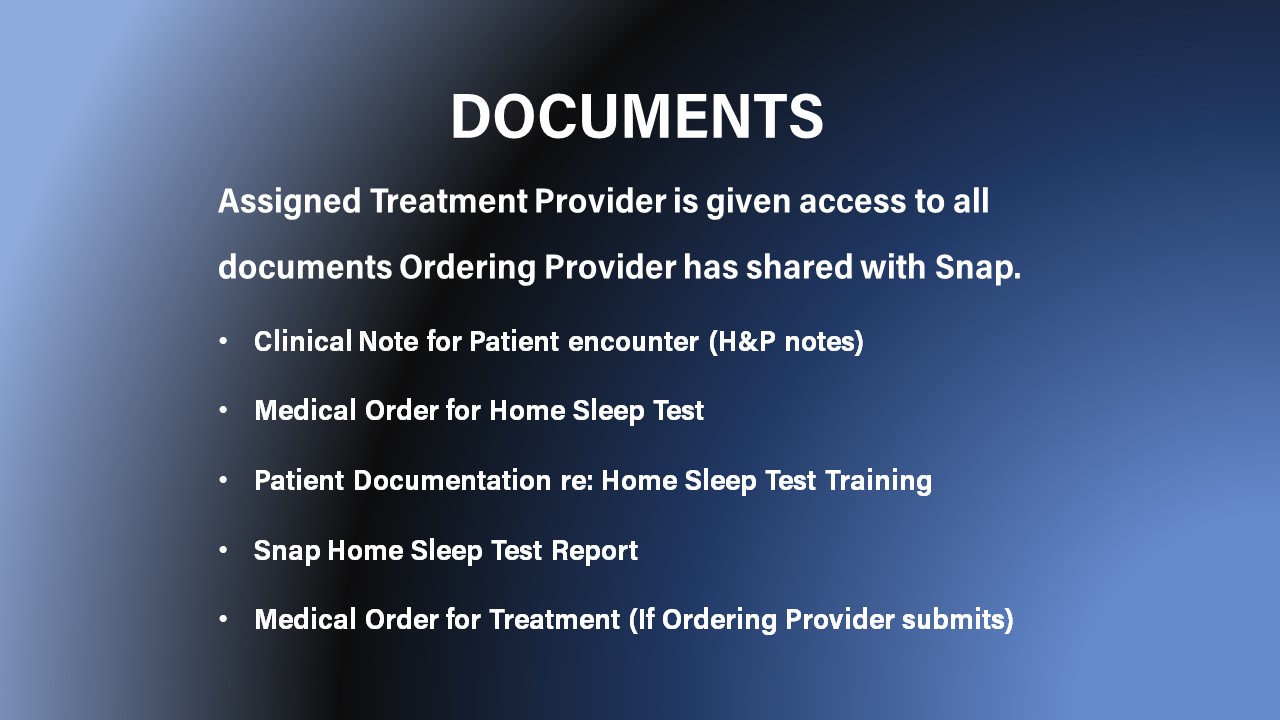Pediatric Sensor Instructions
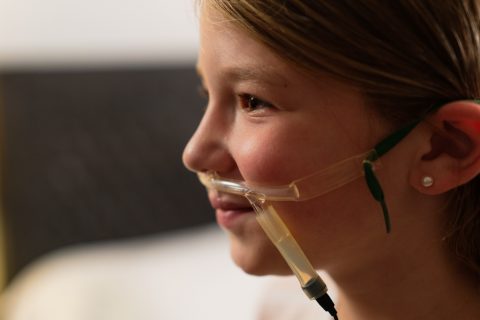
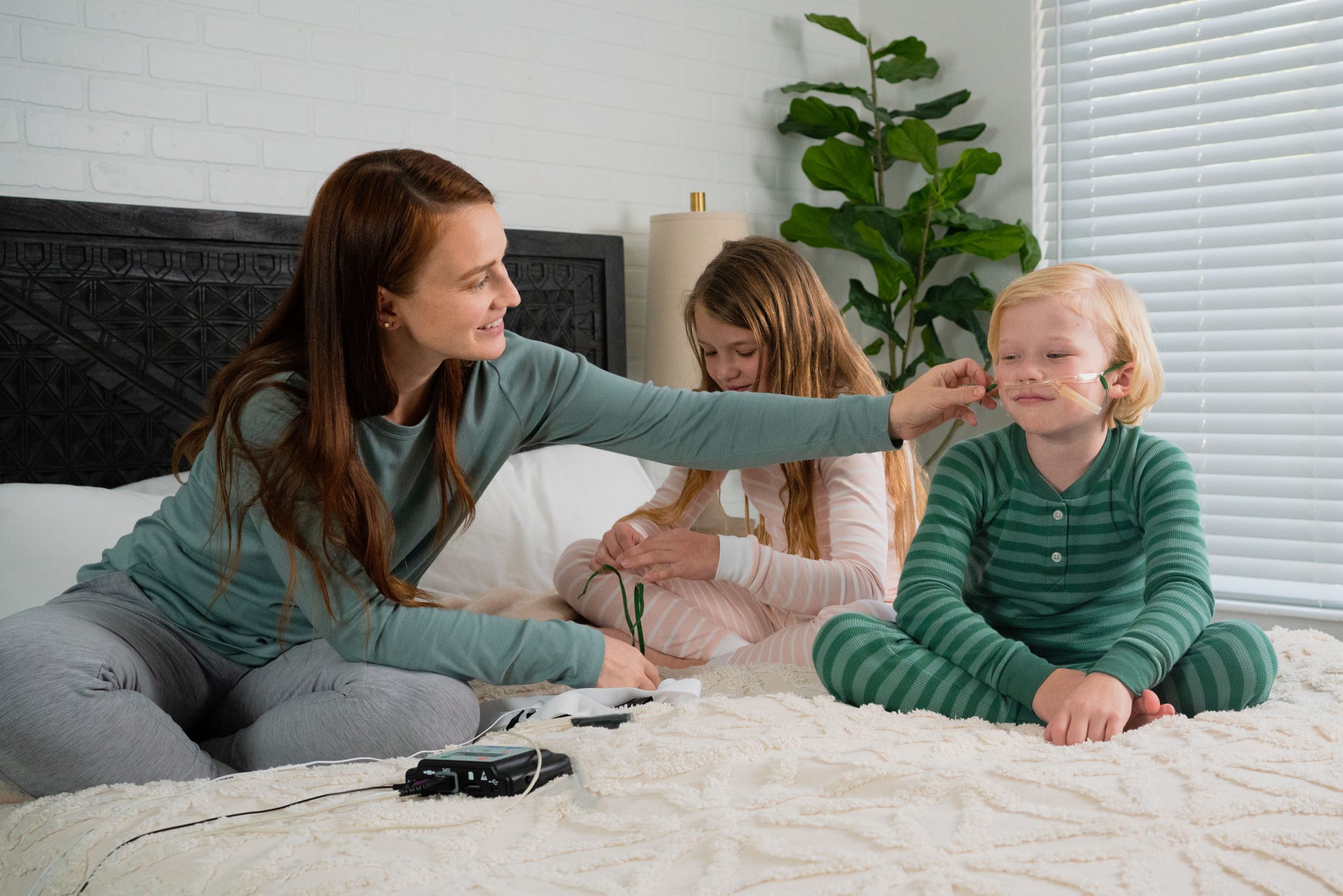
Nasal Cannula
When testing young children, we recommend waiting until they have fallen asleep before applying the nasal cannula. Adjust the fit of the cannula beforehand.
Place the cannula underneath your child’s nose with the shorter prongs resting under their nostrils and the longer prongs facing down toward their mouth. The longer prongs should rest just in front of the upper lip, and can be trimmed with scissors if necessary.
The headband fits around your child’s head and over the ears. You can pull on the ends of the band to adjust the fit of the cannula.
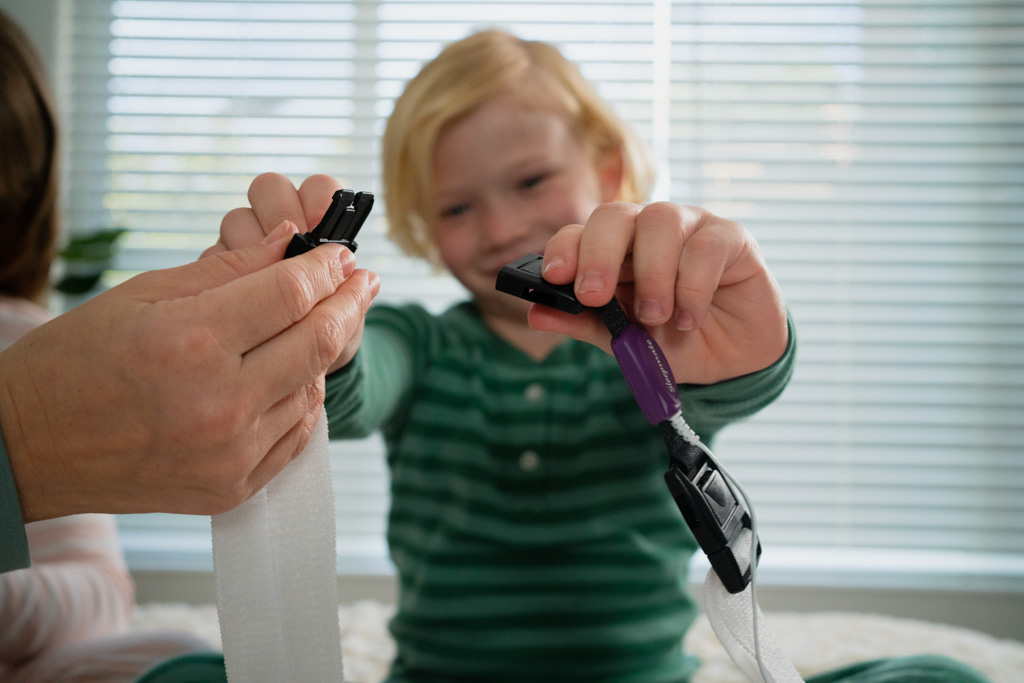
Respiratory Effort Belt
To fasten and unfasten the belt, use the clip buckles located at each end of the sensor. Adjust the length of the belt by pulling on the ends of the strap. Aim for a snug, but comfortable fit.
Once adjusted for size, place the belt around your child’s upper chest and fasten the two ends in front.
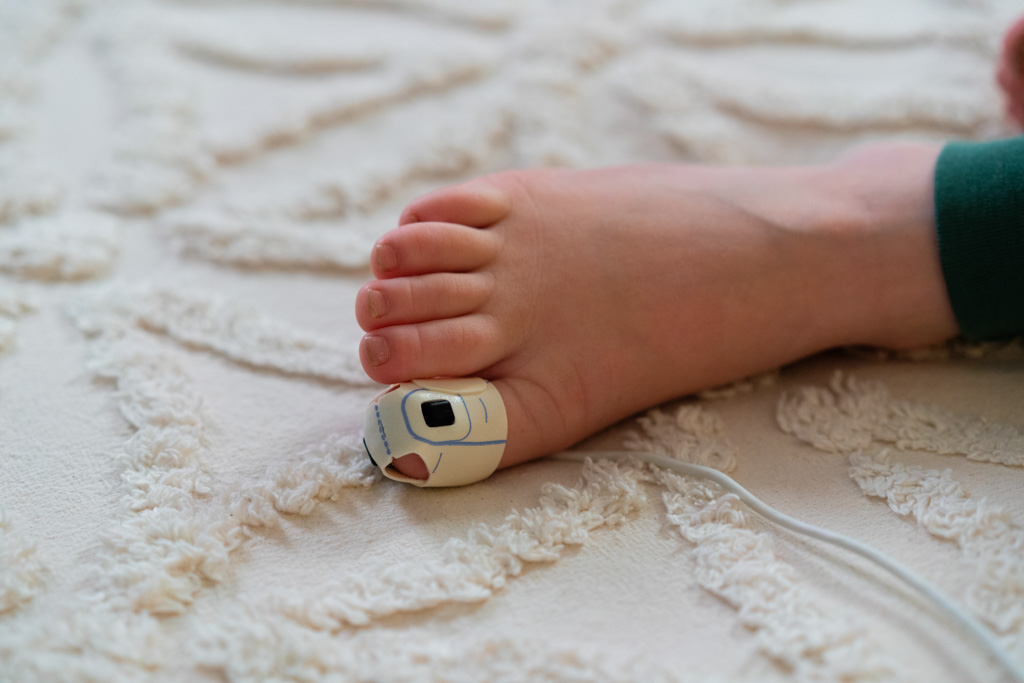
Pulse Oximeter
The pulse oximeter should arrive with an adhesive strip attached. Remove the backing and place the sensor on your child’s big toe, with the red light facing into the nail. Secure the sensor in place by wrapping the adhesive strip around the toe. If possible, alternate between the left and right big toes for each night of testing.
Patients over 10 years old may wear the oximetry sensor on their finger if it fits well.

